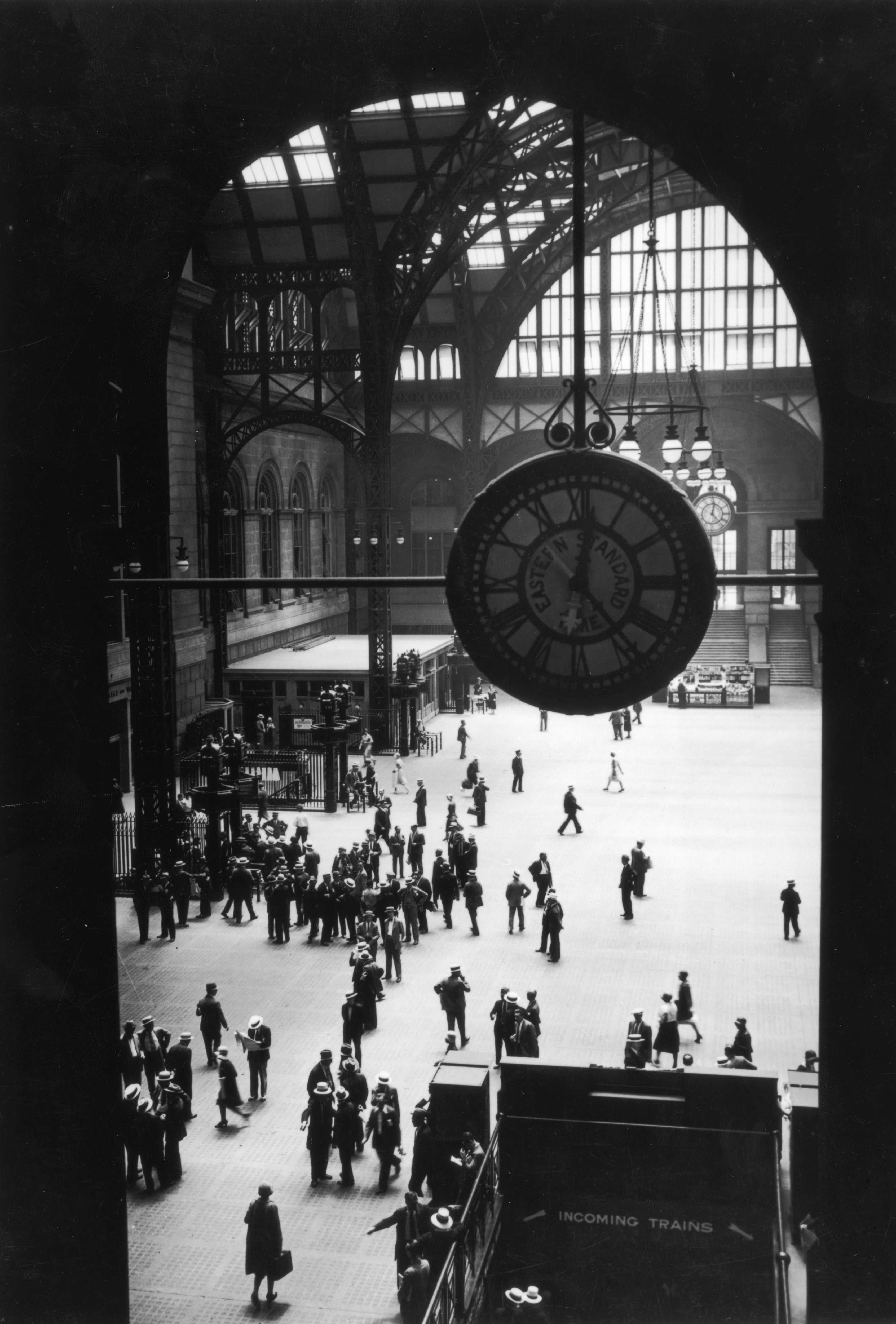New York’s $7bn plan to right an act of cultural vandalism that changed America
Governor Kathy Hochul calls the plan ‘a Penn Station that meets the needs of New Yorkers.’ Others have called it ‘lipstick on a pig.’ Will the rebuilding of America’s busiest train hub bring back its former glory? Nathan Place reports

For some, it was the greatest act of cultural vandalism in US history.
The 1963 demolition of New York’s majestic Penn Station – considered a masterpiece of Beaux Arts architecture – and the construction of the dark, cramped labyrinth that replaced it caused an international outcry, and served as the catalyst for an entire movement to preserve American landmarks.
“Through Pennsylvania Station, one entered the city like a god,” the architectural historian Vincent Scully once wrote. “One scuttles in now like a rat.”
Since then, many proposals have come and gone for how to get back some of that original grandeur, or at least make the current Penn Station less miserable. This week, New York’s new governor, Kathy Hochul, laid out her plan to finally overhaul the station.
“New Yorkers deserve a world-class transportation system, and it should have a world-class facility with Penn Station,” Ms Hochul said at a press conference on Wednesday, outlining her $7bn proposal. “This community deserves it. The people who live there deserve it.”
In fact, Ms Hochul’s vision largely belongs to her predecessor, Andrew Cuomo, who resigned in August amid a wave of sexual harassment accusations. Ms Hochul has chosen to forge ahead with Mr Cuomo’s plan, but with a few significant tweaks.

In order to fund the project, Mr Cuomo had agreed to allow a development company called Vornado Realty Trust to build 10 giant skyscrapers in the area around Penn Station – a neighbourhood that Vornado’s CEO has thirstily called the “Promised Land.” In Mr Cuomo’s plan, the money gained from those developments would be used to fund the new train hub.
Ms Hochul has scaled back that side of the project. According to The New York Times, the governor’s plan reduces the office space of those new buildings by seven per cent, or 1.4 million square feet. Meanwhile, it adds 540 units of affordable housing, eight acres of public space, and a plaza for pedestrians and bicyclists.

But not everyone is happy with the new proposal.
“I’m sick with grief at how awful it is,” Lynn Ellsworth, president of the Alliance for a Human-Scale City, told The Independent, slamming Ms Hochul’s changes as “lipstick on a pig.”
“It is not an improvement in any way, shape or form,” Ms Ellsworth said. “It’s Potemkin improvements. It’s fake. I hope people are not fooled by this.”
In concept art from the architecture firm FXCollaborative, the new Penn Station appears to have a towering glass entrance, letting in plenty of sunlight – a stark difference from the current cave of escalators slinking under Madison Square Garden.
But Ms Ellsworth is not impressed. The new plan, she says, is “just kind of recycling and glass-ifying the existing Madison Square Garden and creating a big glassy entrance with escalators down to the dungeons down there.”
Instead, she suggests a radical idea: Why not just rebuild the original station?
“We have the plans for the old Penn Station. The foundations are still there,” Ms Ellsworth says, crediting the idea to the architects Richard Cameron and Alexandros Washburn. “And so it’s a no-brainer… Why not just rebuild the old Penn Station on top of it, and move Madison Square Garden?”
In the original Penn Station, built in 1910, the waiting rooms were at street level, and were illuminated by sunlight through enormous arched windows and a glass dome over the main concourse. All together, the halls formed the largest indoor space in New York City, and one of the most beautiful.

That all came to an end in the 1960s. By that time, the station was haemorrhaging money as cars and air travel drew Americans away from trains. Pennsylvania Railroad, which owned the station, sold it to a developer called Webb and Knapp, which demolished the above-ground structure, stuffed the waiting rooms underground, and built Madison Garden and an office building on top.
As Ms Ellsworth puts it, “We tore down a masterpiece, and we put up an urban disaster.”
Governor Hochul’s plan does not call for rebuilding the old station, and will leave the bulk of the structure underground. But is it progress? Some think so.
“It’s the right direction to put Penn Station ahead of the other projects,” State Senator Brad Hoylman, who had criticised Mr Cuomo’s original proposal, told The New York Times. “The difference with this governor is collaboration, and we have seen it since she took office.”
Vornado, unsurprisingly, is thrilled with the new plan.

“We are very, very, very optimistic that the new government leaders at the city and state will be constructive, will be business-friendly and recognize that the Penn District is something that requires and demands their attention,” the developer’s CEO, Steven Roth, told the paper.
And at the very least, everyone seems to agree that the new Penn Station should do something to redeem New York for demolishing the last one.
“It’s going to right the wrongs of the past – finally,” Governor Hochul said. “It’s going to jump start something that should have been done a long time ago.”






Join our commenting forum
Join thought-provoking conversations, follow other Independent readers and see their replies
Comments